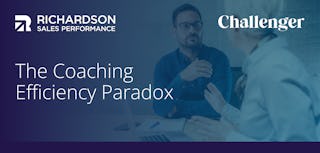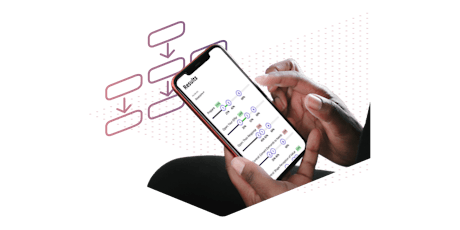Enabling Sales Teams Through the New Buyer's Journey

The customer's buying journey is shaped by two key factors: increased rigor and limited resources. Customers now conduct extensive research and follow a formalised process when exploring buying options. This involves more stakeholders with higher expectations. At the same time, customers face constraints due to competing priorities, limited time, and dispersed stakeholders within their organisation.
Customer Buying Factors
These factors have made the buying journey complex, iterative, and unpredictable. It's crucial for sales professionals to understand the driving forces behind this journey. These forces, or buying factors, encompass various facts, influences, and circumstances contributing to the decision-making process.
The three interconnected factors influencing the buying journey are as follows:
- The Case for Change: To make a buying decision, there must be a compelling reason to change from the current situation. Sales professionals play a vital role in strengthening this case by emphasising the competitive advantages of their solution.
- Stakeholder Dynamics: Managing stakeholder relationships is essential. Sales professionals need to engage with the group of people involved in the decision-making process. Building relationships, aligning interests, and fostering consensus among stakeholders are key aspects of this factor.
- Decision Process: Navigating the decision-making process has become challenging due to its complexity. Momentum can be disrupted by new stakeholders, changing requirements, and reprioritized projects. Sales professionals can overcome these challenges by gathering information about the decision process, allowing them to identify influencers and discrepancies.
The three factors discussed above propel the customer through the buying journey. This journey encompasses the spectrum of the buying process from business as usual through implementation of a new solution. This journey consists of five parts in the following order: explore, investigate, evaluate, confirm, and negotiate & commit.
Successfully engaging modern buyers demands a structured approach. Sales professionals need to identify the buyer's current stage and deploy appropriate skills. Monitoring the customer's progress and setbacks in the process is crucial. Achieving success requires collaboration between sales professionals, coaches, and the enablement team.
Discover the skills your sales team needs to engage their buyers throughout their journey and coaching questions sales managers can use to support and enable their teams by downloading the brief: Enabling Sales Teams Through the New Buyer's Journey.

Brief: Enabling Sales Teams Through the New Buyer's Journey
DownloadGet industry insights and stay up to date, subscribe to our newsletter.
Joining our community gives you access to weekly thought leadership to help guide your planning for a training initiative, inform your sales strategy, and most importantly, improve your team's performance.






